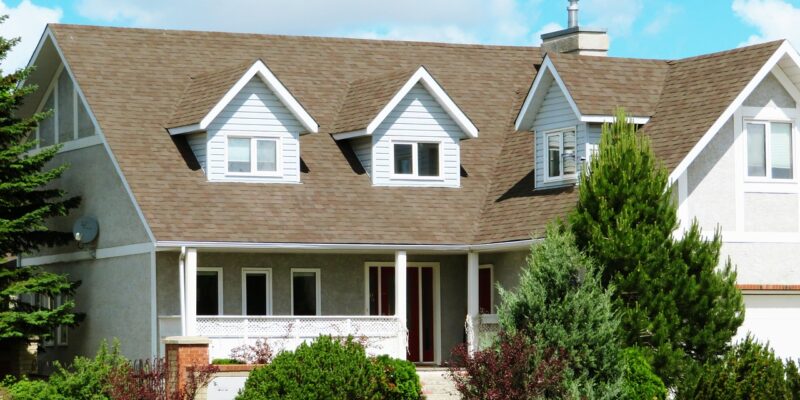The drip, drip, drip of a leaky roof can whip the most laid-back people into a panic. Where is it coming from? How can I fix this? And how much will the repair cost? These are all understandable concerns. With some foresight, however, you can be prepared for a leaky roof so that the problem is mitigated quickly — preventing further damage and keeping you cool, calm and collected.
First, what are some causes of a leaky roof, and how can they damage its integrity?
Weather-Induced Damage
Strong winds, heavy snow and torrential rain, can all play havoc with your roof. Tiles might be uprooted in strong winds, an accumulation of weighty snow can cause damage to structural framing, and if rain has seeped into the nooks and crannies of the roof, it can freeze and then expand, causing permanent damage.
Fallen Debris
Heavy winds can also see trees toppled and branches dislodged. Should they fall on a roof, they will most certainly damage it in some capacity. If a fallen object lands on a roof, causing a hole, this will constitute a roof emergency.
Pooling Water
While a small accumulation of pooled water isn’t an immediate cause for concern, if there’s a large amount of water sitting in bowed areas of the roof, this could cause a leak over time.
With each of these situations in mind, it’s important to address them immediately. Here’s why.
Why Roof Emergencies Should Be Managed Immediately
Dealing with a leaky roof quickly is paramount, so the situation does not escalate. If a leak isn’t managed quickly, it can cause severe damage to other areas of the home; it can rot the roof’s infrastructure and seep down to lower floors, damaging ceilings in its wake.
Should your roof spring a leak, there are measures you can take, including connecting with local experts like Professional Roofers— who offer first-class emergency roof repair services.
What Should You Do in the Event of a Leak?
If you’ve spotted a leak in your home or you’ve seen a hole in your roof pre-spring downpour, there are some steps that you can take to prevent the problem from advancing.
Don’t Attempt Repairs or Climb on the Roof Yourself
Even the handiest of persons might assume that they can successfully patch a roof repair themselves. Not only is this dangerous — according to the Centers for Disease Control and Prevention, 500,000 people are treated for ladder-related injuries yearly — you’re unlikely to succeed; roof repairs require proper equipment, experience, and education.
Protect Your Property
Lay deep buckets or bowls under leaks (shallow bowls tend to splash), roll up rugs, and move any furniture at risk of being dripped on. Cover larger pieces of furniture that are difficult to move in tarps or painting sheets.
Connect with Professionals
While DIY enthusiasts can tackle some home repairs, roof repair simply isn’t one of them. The root of the problem can be tough to ascertain, and only experienced roofers are privy to the materials and tools that are needed for specific repairs.
Take Away
A prolonged leak can see damage to the interior and the exterior of your home. In fact, extended periods of exposure to water damage can even damage the home’s foundation. With so much at stake, recruiting a roofing expert is crucial for your home and for your peace of mind.













Comments